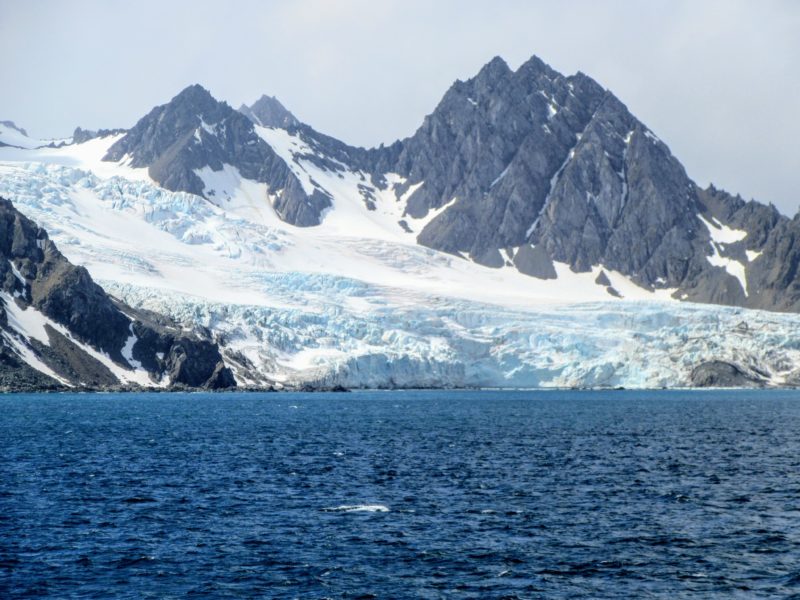Antarctic Hysteresis – big word, big problem

Antarctica – Elephant Island – Endeavor Glacier (Image: Creative Commons / amanderson2)
For a few weeks, I’ve had this article on my desk, “The hysteresis of the Antarctic Ice Sheet” from NATURE Magazine. The title is intriguing even with the unfamiliar term. I had to look it up. It comes from the Greek meaning to lag behind. In simple terms, the principle is that there is a delay or lag time between a force and its effect. Its meaning should add to our concern about the warming planet, the melting ice, and the rising sea.
Lead author Julius Garbe and colleagues specifically look at the issues about melting of the Antarctic ice sheet, which contains some 58 meters, or 185 feet of potential sea level rise. Without getting into the technical aspects, they make two findings that are quite clear in terms of importance.
First, at about 2 degrees Celsius (3.6 degrees Fahrenheit) of warming above pre-industrial levels, Antarctic melting will continue, even if the extra heat is removed. To be clear, we have already had about one degree Celsius of warming over the industrial era. The policy discussions such as the Paris Climate Agreement focus on the feasibility of stopping the warming at 2 degrees C, or double what has already happened. Many experts doubt that is realistic without truly huge international commitments to reduce the level of greenhouse gases, beyond those already “on the table.” Some people make the case that the goal should be even more strict if there is to be any chance to save low-lying communities. They propose a goal to stop the warming at 1.5 degrees above pre-industrial, but the pathway to get there is of course, far harder.
Second, as the warming progresses, the melting accelerates. For the first two degrees, they calculate global sea level will rise by 1.3 meters (~4 feet) for each degree. When the warming is between 2 – 6 degrees, above the base pre-industrial level, the rate of sea level rise will almost double, to 2.4 meters (~8 feet), per degree. Above six degrees, the rate gets far worse, but let’s not even ‘go there’, as the current estimates indicate we are headed towards four degrees of warming this century. That would be about seven meters of rise, roughly 25 feet higher sea level, sooner or later. Again, the lag time… there’s a delay from the warmer temperature, to melting the ice and raising sea level.
This solid research affirms what we have believed, that there is an acceleration to sea level rise as the warming progresses which threatens some ten thousand coastal communities all over the world. While we must try to slow the warming, we need to recognize that slowing or even stopping the warming will not quickly stop sea level rise. There is a lag time. Furthermore, even if we cool the Earth back to where it was for the last 11,000 years of the rather stable Holocene, sea level will not return to where it is today. This is all an example of hysteresis.
The message should be clear. We need to:
- Slow the warming ASAP, as the highest priority.
- Start designing for more frequent and more severe flood events, that is to be more resilient.
- Start adapting to the new reality that sea level is headed higher, not likely to stop until it is more than twenty feet higher. That transformation could take us well into the next century. Regardless, the adaptation should start “now.” The longer we delay, the harder it will be to adjust to sustained higher sea level. The total re-engineering of the coastal environment cannot be left to the “last minute” or even decade. We need to see it as a challenge, and an opportunity, to help prepare for coming generations. We really have no choice.
Hysteresis.
